5 things you need to know before buying your first Roomba robot vacuum
Thinking of upgrading to a Roomba this Black Friday? Read this first
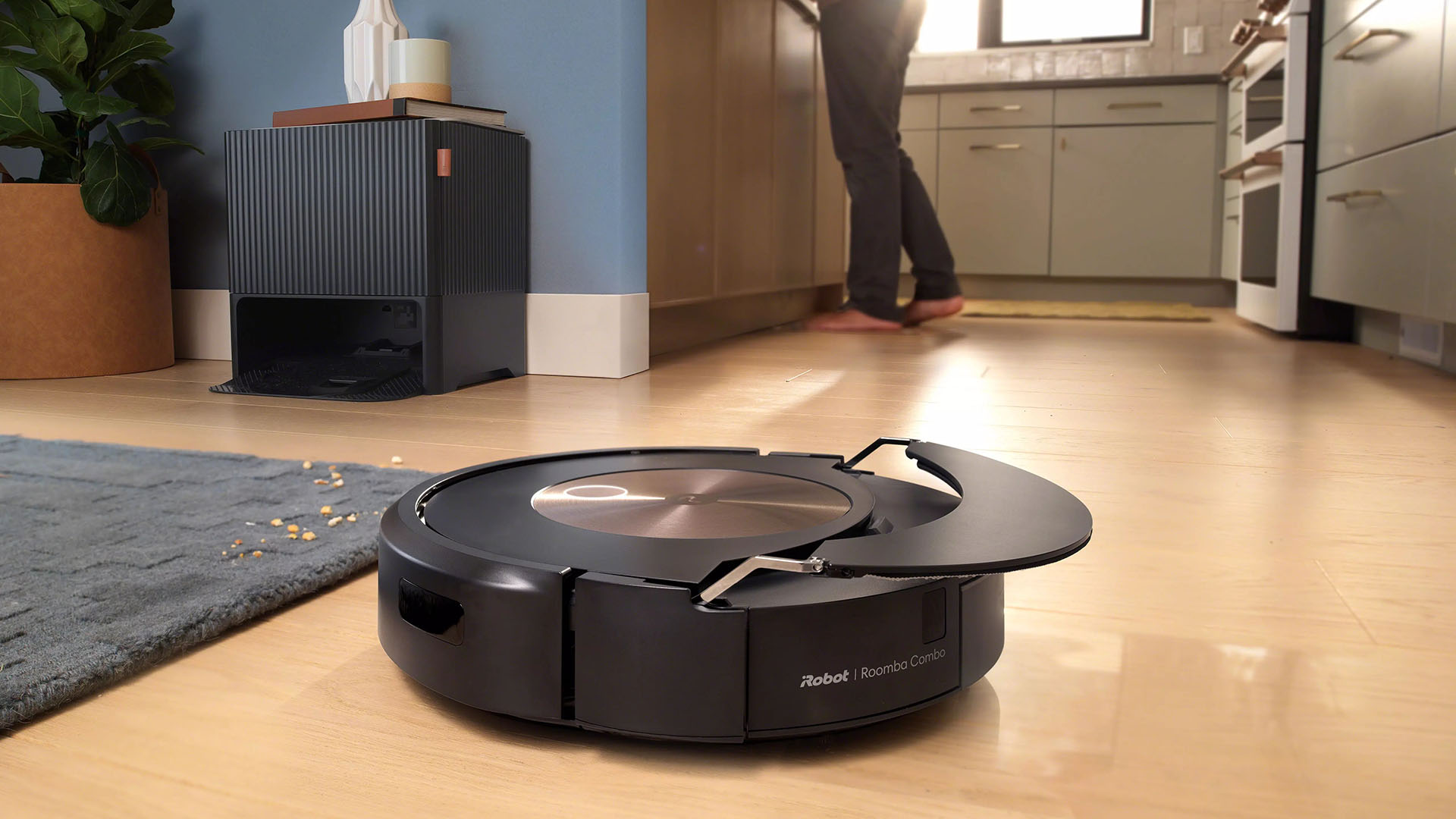
If you’ve just bought a Roomba, or you’re tempted to pick up a robot vacuum after reading our Black Friday Roomba deals roundup, then this guide is for you – these are the five things I wish I’d known before getting my first Roomba.
My robot vacuum is honestly one of my favorite gadgets, but there are a few quirks to Roombas that I wasn’t aware of, as well as some misconceptions about exactly what they can – and can't – do.
Below I’ve picked out five important things you should be aware of, so that you understand exactly what you’re getting before your iRobot-made appliance arrives, or to help you decide if a Roomba is a good fit for you, or a pricey smart-home device that you should avoid this Black Friday. If you're still sold after reading this article, TechRadar's article on 'Which Roomba should I buy?' runs through the key differences between the different ranges and models.
1. You’ll still need to vacuum manually sometimes
If you envision your new Roomba robot vacuum doing all your chores for you from now on, I’m sorry to break the bad news… but you will still need to vacuum yourself from time to time. The best robot vacuums do a thorough job, don’t get me wrong, but there are plenty of vacuuming tasks they can’t complete. There will be spaces that are too large for them get into, they can’t climb stairs (more on that in a moment), and they won’t be able to clean in between the cushions on your couch.
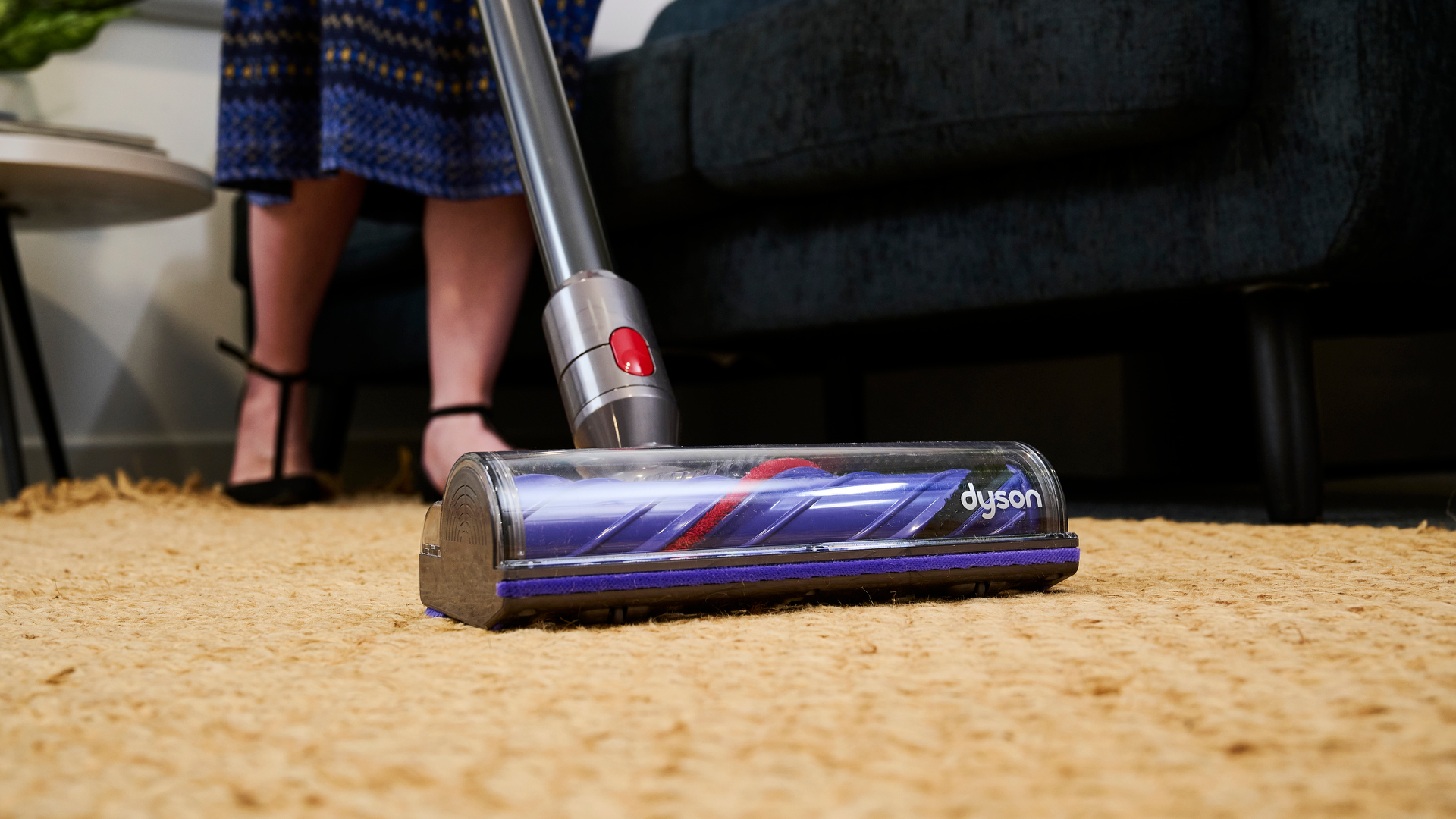
That said, I’ve found that my robot vac drastically reduces how often I need to vacuum manually. Every household has its own cleaning schedule, and a level of uncleanliness it’s willing to accept, but I like to vacuum twice a week. Thanks to my Roomba, these weekly cleans are no longer my problem, and I’m able to get away with a more thorough clean roughly once a month or so (maybe doing an extra clean if we’re having guests stay over).
Similarly, I’ve found that I don’t need to mop my kitchen and other hard floors as frequently either, though I don’t have a pet tracking mud around.
2. You don’t need one for every floor
If you live in a home with more than one floor you’re probably thinking that a Roomba can’t possibly work for you. It can’t climb stairs, so unless you buy more than one you won’t get the full benefit. Well, having tested one in a two-storey home I have experience of how useful a single robot vacuum can be – and the answer is 'very'.
Get daily insight, inspiration and deals in your inbox
Sign up for breaking news, reviews, opinion, top tech deals, and more.
While the Roomba can’t climb stairs, it's easily portable, so I can carry it up the stairs. It can then map out the area and clean it just like it would as normal – starting and ending its journey from the same spot, be it a second-charging station or wherever you placed it down. Cliff sensors mean it won't take a tumble down the stairs while out on its travels, too.
The only downside of this approach – assuming you don’t have another charging dock – is that your robot vacuum might run out of battery before it finishes its clean, depending on the size of the floor and your cleaning settings. If this happens the clean will be cut short, and you’ll need to manually return the Roomba to its charging station on the other floor before it can start again.
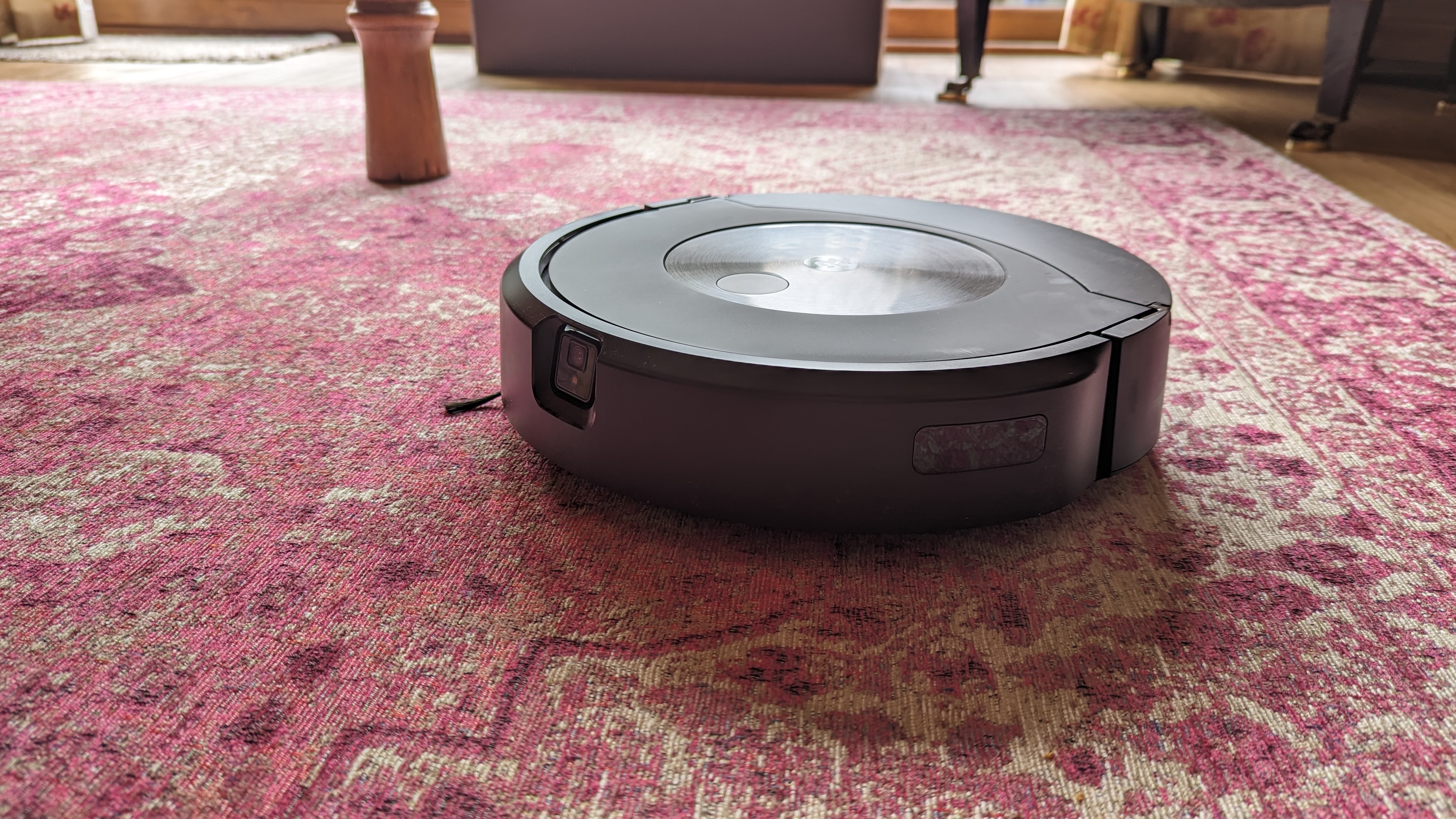
Secondly, if you don’t like the idea of carrying the Roomba that’s okay. I’ve found it most useful to place the Roomba on the level that gets dirtiest (the ground floor in my case), not only because this is where it can provide the greatest benefit, but with the ground floor kept clean I’m tracking less dirt upstairs. So even though my upstairs doesn’t get cleaned by the robot vacuum, it still benefits.
There’s nothing stopping you from getting a second, third, fourth, or as many Roombas as you want. But honestly, one is more than enough assistance if that’s all your budget can stretch to.
3. It doesn’t clean at night
Before my first Roomba arrived at my home I had dreams of falling asleep with a messy house and waking up with a spotless one. Unfortunately, unless I leave my lights on overnight (or I have a lie-in), this dream won’t be made a reality by the robovac.
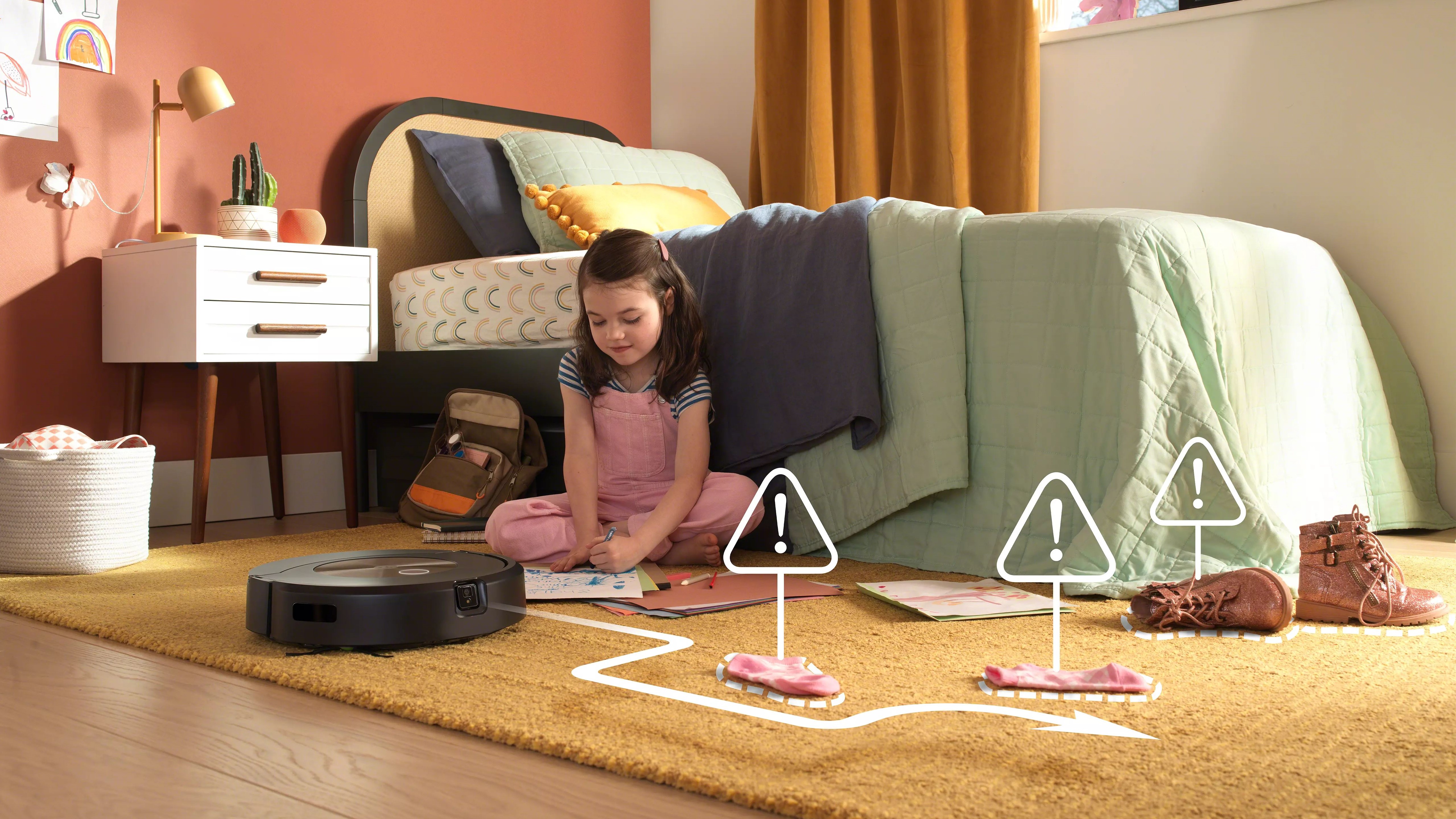
This isn’t because the Roomba is like Cinderella at the ball – it won’t shut off at midnight and race back to its base station. It simply struggles to see all that well in the dark, and so it won't be able to clean as effectively. This can lead to it missing dirt, getting lost because it can’t find landmarks it relies on for navigation, or giving up on a clean before it's really gotten started.
This is far from the end of the world, but if you spend a lot of time at home, and had the same idea I had, then you might want to rethink when you’ll schedule your weekly cleans. My workaround has been to set the robot up to clean everywhere except my office in the morning while I’m eating breakfast, having a shower, and getting ready for the day. Then, when I’m done at work the vacuum can clean my home workspace – which helps to force me away from my desk, as I struggle to think while the machine is whirring around my feet.
Those of you who don’t work from home can simply schedule it to clean while you’re at work – you can even set it so the robot vacuum starts automatically when it detects that you’ve left for the day if your start time is flexible.
4. A self-emptying dock is worthwhile; you may or not need a mop function
Most Roombas come in four variants. There’s the base model, one with a mop (called the Combo), one with an auto-emptying dock (called the Plus), and one with both a mop and an auto-emptying dock (called the Combo Plus).
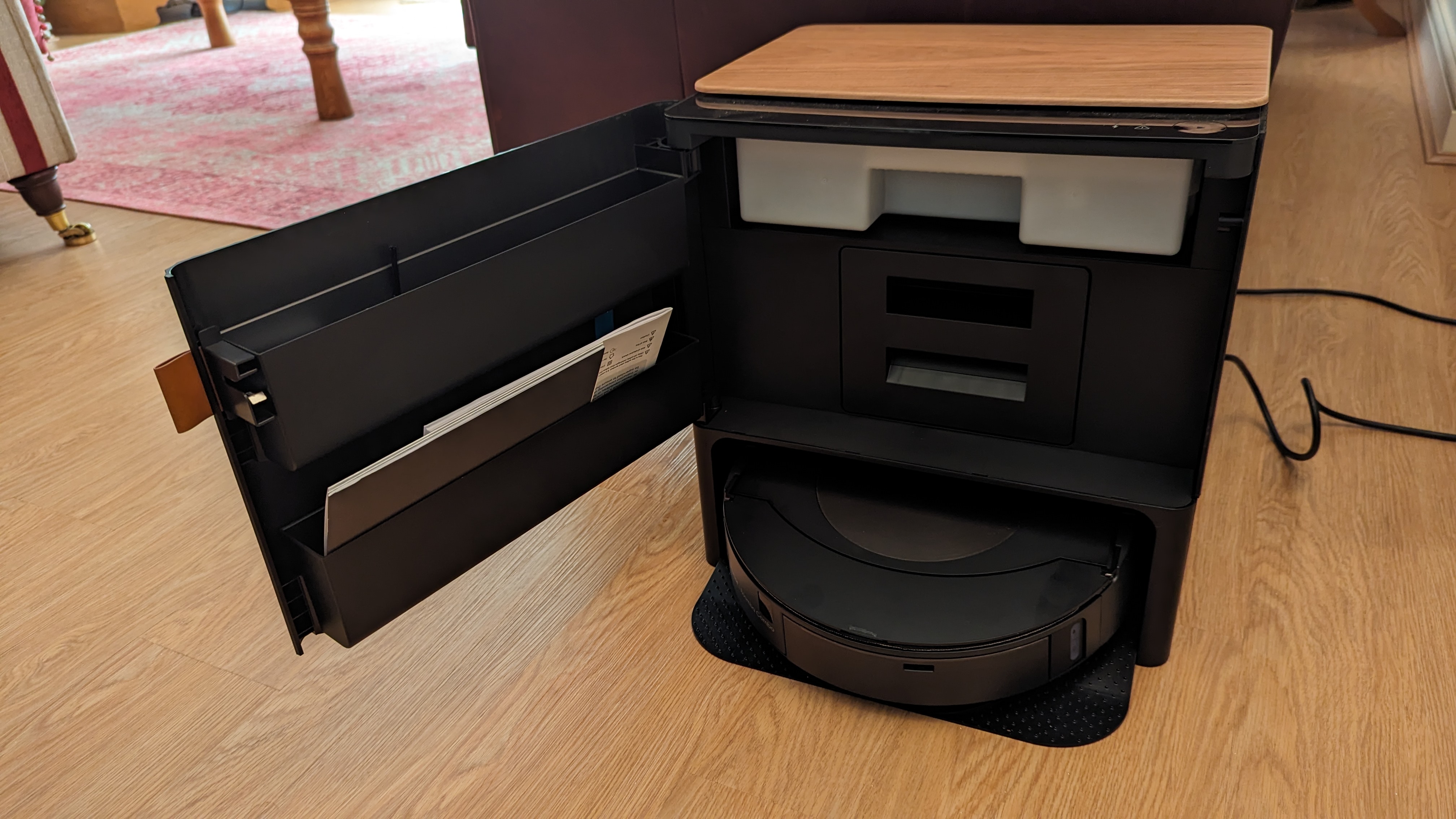
For most people, I feel the go-to upgrade is a model that has a self-emptying dock (one of the Plus models), which can automatically empty your robot vacuum when it’s full of dirt. The dock can store a lot more dirt and debris than the Roomba’s in-built bin, only requiring emptying every 60 days or so. If you like setting your Roomba to clean while you’re out this upgrade is a must, as it ensures your vacuum won’t become full and be forced to stop cleaning before it’s finished.
The mop will add some extra utility to the base vacuum-only option, but it’s only going to be worthwhile in homes with hard floors that are prone to getting muddy or splattered with other grime. If you don’t have many hard floors, or don’t mind mopping them yourself, then the higher-priced Combo models might not offer the bang for your buck that you’re after.
5. It requires maintenance and replacement parts
If you do opt for a self-emptying dock, the Roomba can become a device that you leave to do its thing without thinking about it; but much like your other gadgets the robot vacuum needs to be cared for, and it will eventually need replacement parts.
As with other vacuums, hair can get caught in the rollers, so remember to inspect these every so often. The dock bin will need emptying, and the dock’s dust bag needs to be replaced with a new one. The mop pads need to be washed pretty regularly too, unless you go for the very top-of-the-range Combo 10 Max, which has mop pad cleaning function built into the dock (and even then, you'll need to do semi-regular deep cleans). By caring for your Roomba it should clean more effectively, and you might find that its parts last longer before needing to be replaced.

Speaking of which, you’ll want to pay attention to the Roomba app’s Product Health tab, which provides an estimate of how long each part will last before it needs replacing. Your vac will come with some free replacements, and the official parts can last for a long time, but eventually you will need to buy new ones. Replacement parts aren’t that pricey, but it’s worth keeping in mind that there are a handful on ongoing costs to consider.

Hamish is a Senior Staff Writer for TechRadar and you’ll see his name appearing on articles across nearly every topic on the site from smart home deals to speaker reviews to graphics card news and everything in between. He uses his broad range of knowledge to help explain the latest gadgets and if they’re a must-buy or a fad fueled by hype. Though his specialty is writing about everything going on in the world of virtual reality and augmented reality.